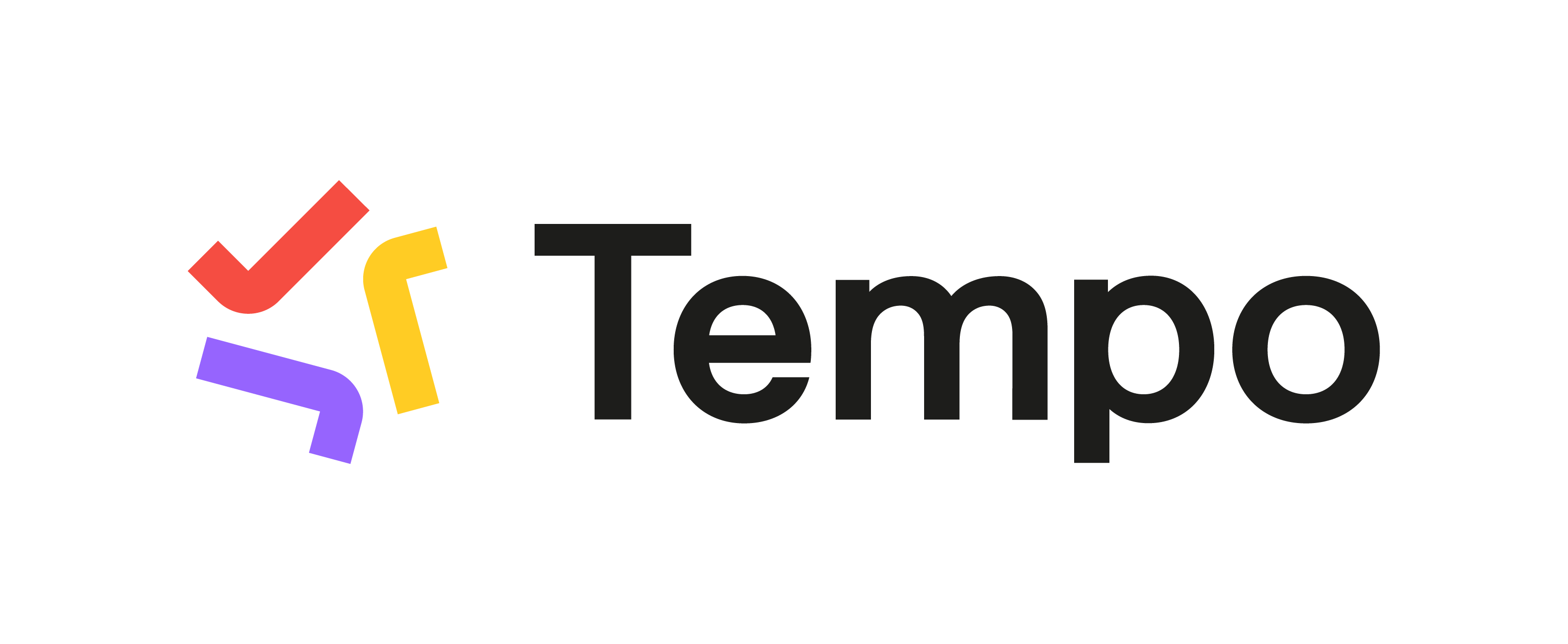The Tempo Sprint Performance Assistant is a Rovo agent designed to deliver actionable insights into sprint performance for the current sprint, such as:
-
Work Completed: Identify completed tasks, story points, or work items during the sprint.
-
Carried-Over Work: Highlight tasks or work items that weren’t completed in the previous sprint and rolled over to the current sprint.
-
Blockers and Impediments: Flag work items that have stayed in a status for too long for additional review.
-
Time Spent - Get insights into the time spent (via Tempo worklogs) on a work item, by user or Tempo Team.
Using the Sprint Performance Assistant
Optimized for analyzing one Jira project at a time, it provides detailed summaries and answers targeted queries to help teams better understand their sprint outcomes.
-
Provide the agent with a project key or ask it to list all the projects you’re associated with.
-
Then, you can ask the agent questions about the current sprint:
-
“What blockers are we facing?”
-
“How many work items were rolled over into this sprint?”
-
The Sprint Sprint Performance Assistant is an experimental AI product. We recommend independently verifying the insights provided before taking any critical actions based on them.
Installing the Sprint Performance Assistant
-
In Jira, open the Apps dropdown menu and choose Explore new apps.
-
Search for Tempo Sprint Performance Assistant and select the app.
-
On the app details page, select Get app.
-
Once the app is installed, you will be notified via a success message.
-
On your first use, you will be asked to enter a valid Tempo API token. Any Tempo user can obtain this (no admin required!). To obtain a Tempo API token: open the Tempo app, go to Settings | API Integration, and select +New Token.
Rovo must be enabled on your instance. If it’s not enabled, please reach out to your Jira admin.
Frequently Asked Questions
How do I know the agent is providing accurate information?
The Sprint Performance Assistant is designed to retrieve and summarize only the data available within your Jira instance. To prevent misinformation, it avoids generating responses unless it can confidently gather accurate data. However, as this is an experimental AI product, we recommend independently verifying the insights provided before taking any critical actions based on them.
Can the agent use external data sources for missing information?
No, the Sprint Performance Assistant cannot query external data sources at this time. It operates with the minimal permissions required to access your Jira data and will politely decline requests to retrieve data from outside sources. Integration with Tempo Timesheets is under development and will add further capabilities in the future.
Why can’t the agent provide insights about specific users?
To uphold privacy standards, the Sprint Performance Assistant does not provide insights or reports about individual users. For example, if you ask, “Who was the least productive developer this sprint?”, the agent may return anonymized data such as a UUID, but it will not identify specific individuals. This ensures compliance with data privacy regulations and ethical standards.
What kind of data can the Sprint Performance Assistant analyze?
The Sprint Performance Assistant is designed to provide detailed insights into your sprint performance by analyzing data from your Jira project. It can handle a variety of metrics and key areas, including:
-
Work Completed: Identify completed tasks, story points, or work items during the sprint.
-
Carried-Over Work: Highlight tasks or work items that weren’t completed in the previous sprint and rolled over to the current sprint.
-
Blockers and Impediments: Flag work items that have stayed in a status for too long for additional review.
-
Time Spent - Get insights into the time spent (via Tempo worklogs) on a work item, by user or Tempo Team.
Can I use the assistant for multiple Jira projects at once?
Currently, the Sprint Performance Assistant is optimized for analyzing one Jira project at a time. If you’re working across multiple projects, you can switch between them by providing the assistant with a specific project key for each analysis. For example, you could ask the assistant, “Summarize the last sprint for project ABC,” and then switch to “Summarize the last sprint for project XYZ.”
Future updates may include multi-project analysis, but for now, breaking down sprints by individual projects ensures the most accurate and focused insights.
